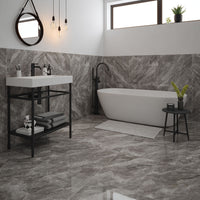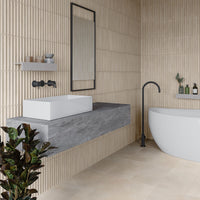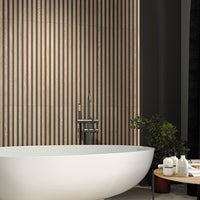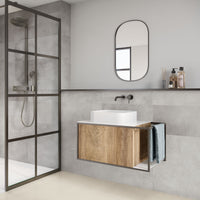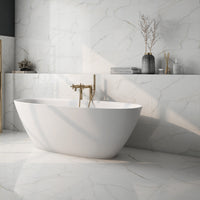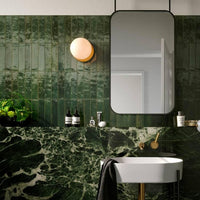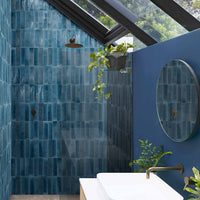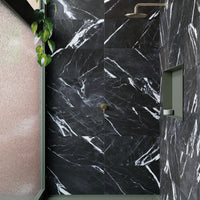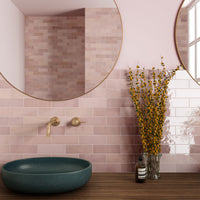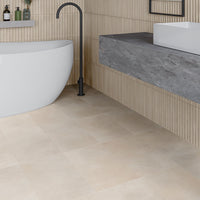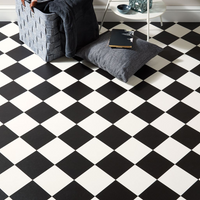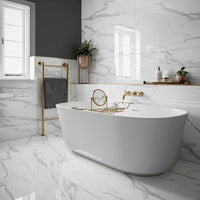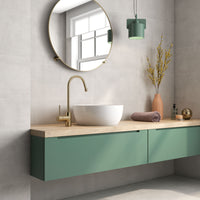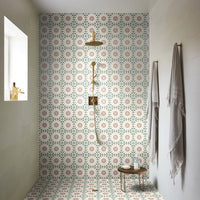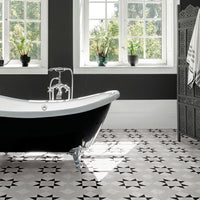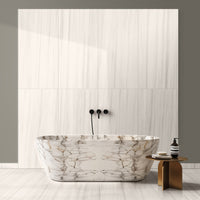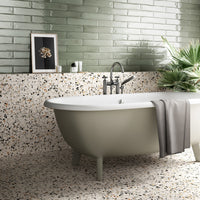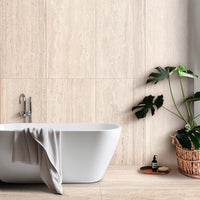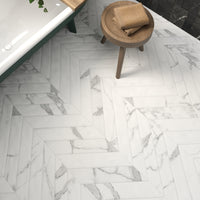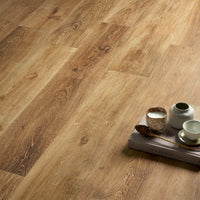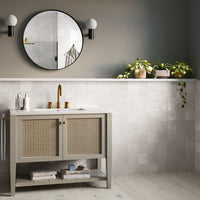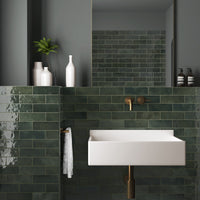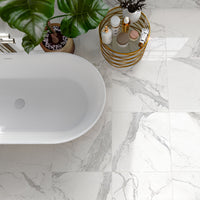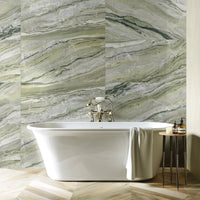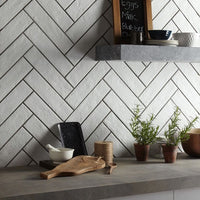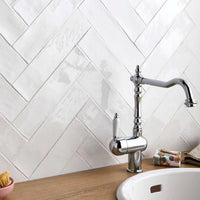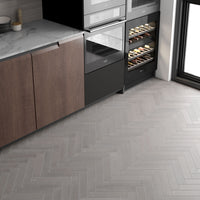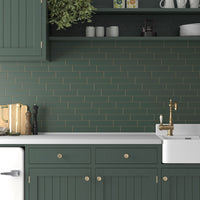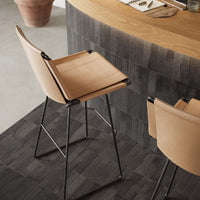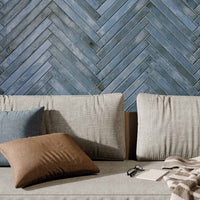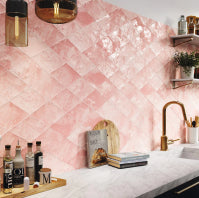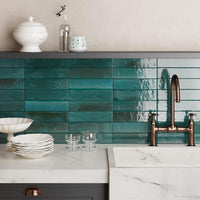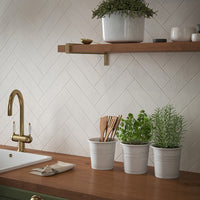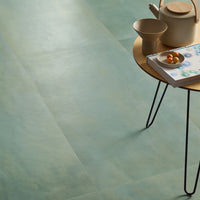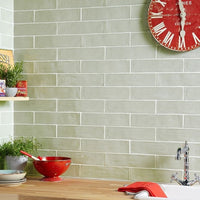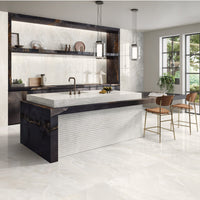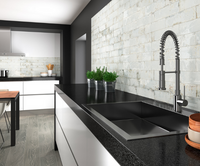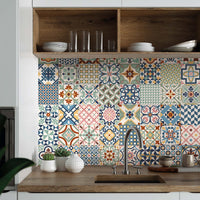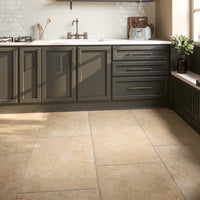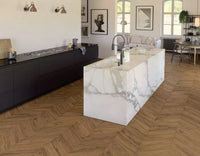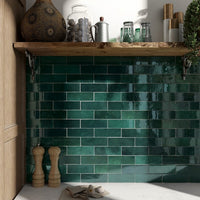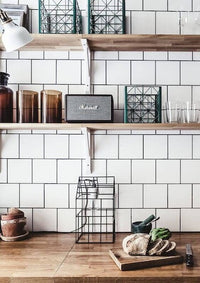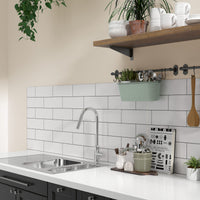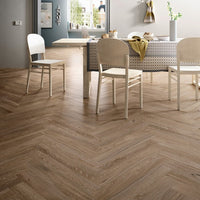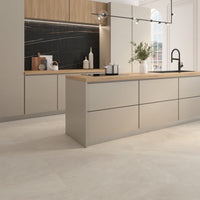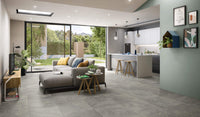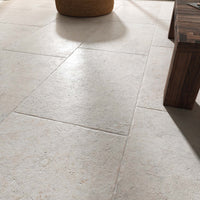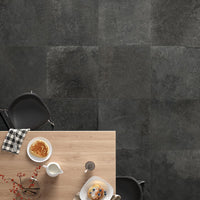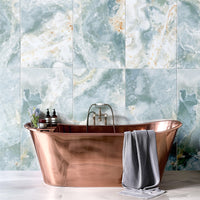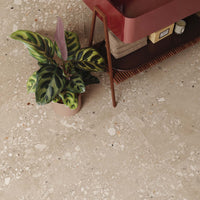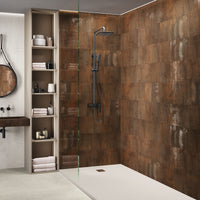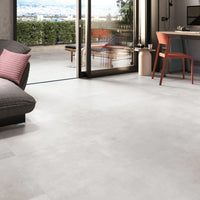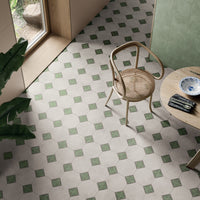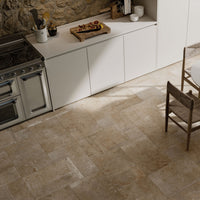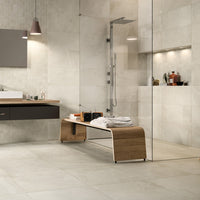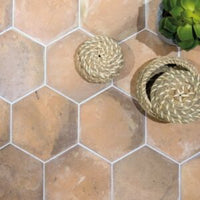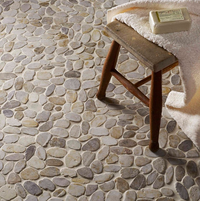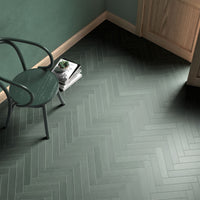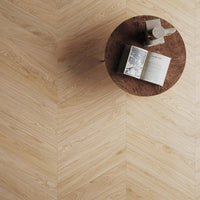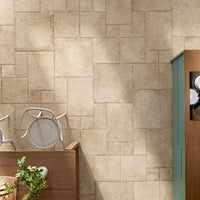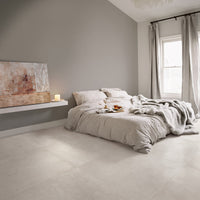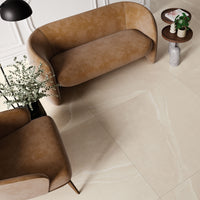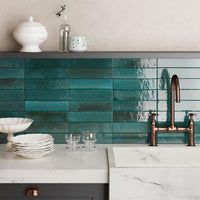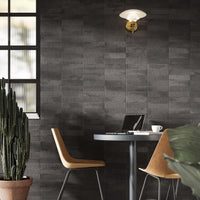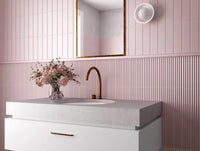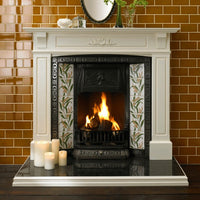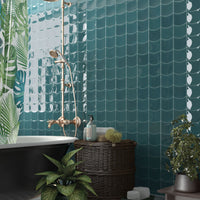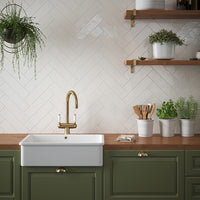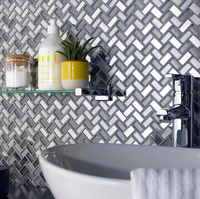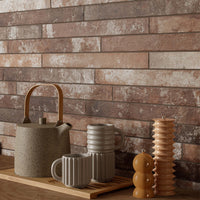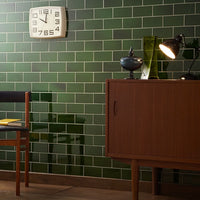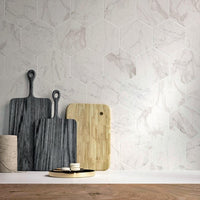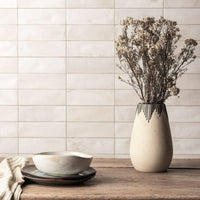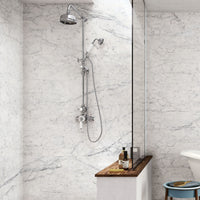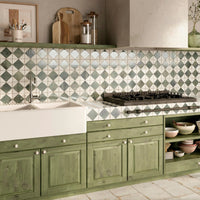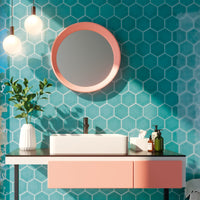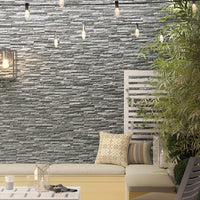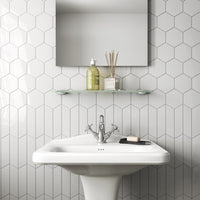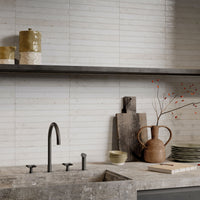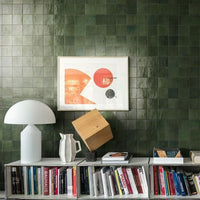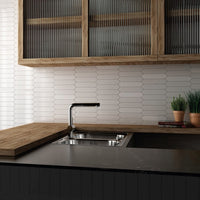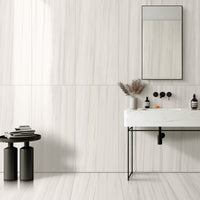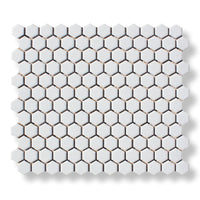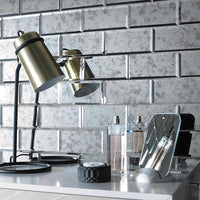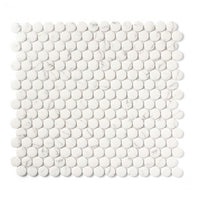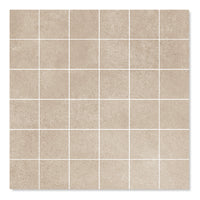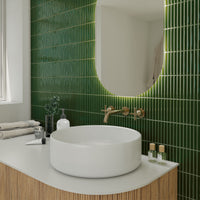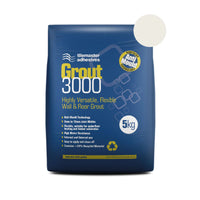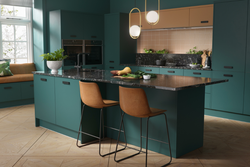 However here in the real world, a polished concrete floor is often just a pipedream. It can be horrendously expensive to install and a little tricky to maintain. Thankfully, we’ve got a range of polished concrete effect tiles that offer the raw charms without any of the drawbacks. We’ve made a side-by-side comparison of both flooring options to help you decide between the two.
However here in the real world, a polished concrete floor is often just a pipedream. It can be horrendously expensive to install and a little tricky to maintain. Thankfully, we’ve got a range of polished concrete effect tiles that offer the raw charms without any of the drawbacks. We’ve made a side-by-side comparison of both flooring options to help you decide between the two.
1. Cost
Let's start with one of the most important considerations for any project, cost. Porcelain tiles win on this front by a country mile, even when you factor in the price of installation. If we take the price of our most expensive concrete effect tile - currently Cemento Light Grey 75 x 75 cm, at £41 per m² - and add on a very generous £40 per m² for installation, this gives a total price of £81 per m². On the other hand, according the Real Homes magazine the average cost of a polished concrete floor starts at around £150 per m², but can easily be more! Some of our polished concrete effect tiles, such as Concept Grey 60 x 60 cm, cost as little as £21.84 per m². So over a large kitchen or extension floor, you could easily save a few thousand pounds by opting for tiles. Result? Round 1 is a walkover for porcelain tiles.2. Installation
Again, it's another clear victory for porcelain tiles on every installation front. They're easy to cut, can be fixed to a variety of surfaces and if you use a fast-drying adhesive, you can be walking on your new floor in just a few hours' time. Conversely, by their very nature polished concrete floors involve a lot more mess, time and stress. While they're relatively straightforward to install in a new-build, retrofitting is a definite no-no unless you've got a degree in mindfulness. Once the concrete has been applied, it will be a month before it can be polished which, as you can imagine, creates a lot of dust. Result? It's an easy-win for cement-effect tiles.3. Weight
And it's not only dust and ever-increasing timescales you'll need to worry about. We're stating the obvious here but concrete slabs are thick. Really thick. Whereas a tiled floor measures around 20 mm once adhesive is accounted for, a polished concrete slab is usually at least 100 mm deep. This means that polished concrete floor you'd love for your upstairs bathroom is a definite no-no, unless you fancy strengthening your existing joists. In contrast, porcelain tiles are as light as a feather and can be safely used in bedrooms and ensuites. Result. 3 - 0 to tiles.4. Style
If you'll excuse the pun, poured concrete floors cast off their ugly tag a long time ago. These days, they're the covering of choice for loft apartments, go-to restaurants and cutting-edge galleries. Stick to light to mid grey tones and you'll have a neutral backdrop that's perfect for pairing with almost any other colour and style. It's important to note that poured concrete has a natural aesthetic, so expect to see significant shading and cracks develop over time. Even though it's part and parcel of a concrete floor, it might not be desirable. If you prefer a more consistent style, look to cement-effect tiles produced using digital printing technology. These faithfully replicate the patina of polished concrete, so you'll get all the character and charm without having to worry about excessive variation or hairline cracks. Result. A point each. Polished concrete wins on charm, porcelain tiles win on consistency.
It's important to note that poured concrete has a natural aesthetic, so expect to see significant shading and cracks develop over time. Even though it's part and parcel of a concrete floor, it might not be desirable. If you prefer a more consistent style, look to cement-effect tiles produced using digital printing technology. These faithfully replicate the patina of polished concrete, so you'll get all the character and charm without having to worry about excessive variation or hairline cracks. Result. A point each. Polished concrete wins on charm, porcelain tiles win on consistency.
